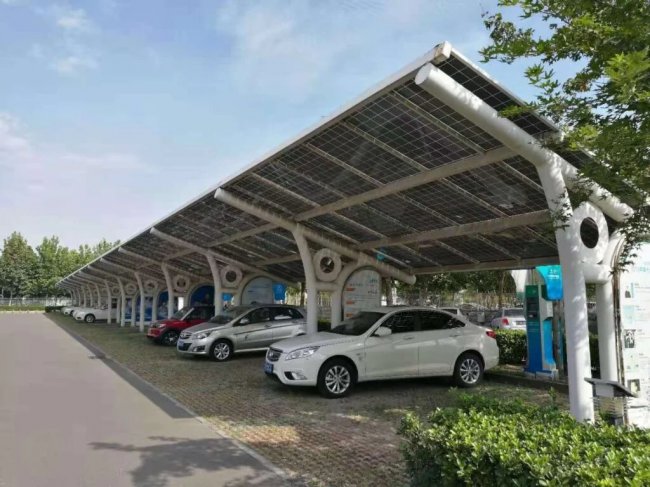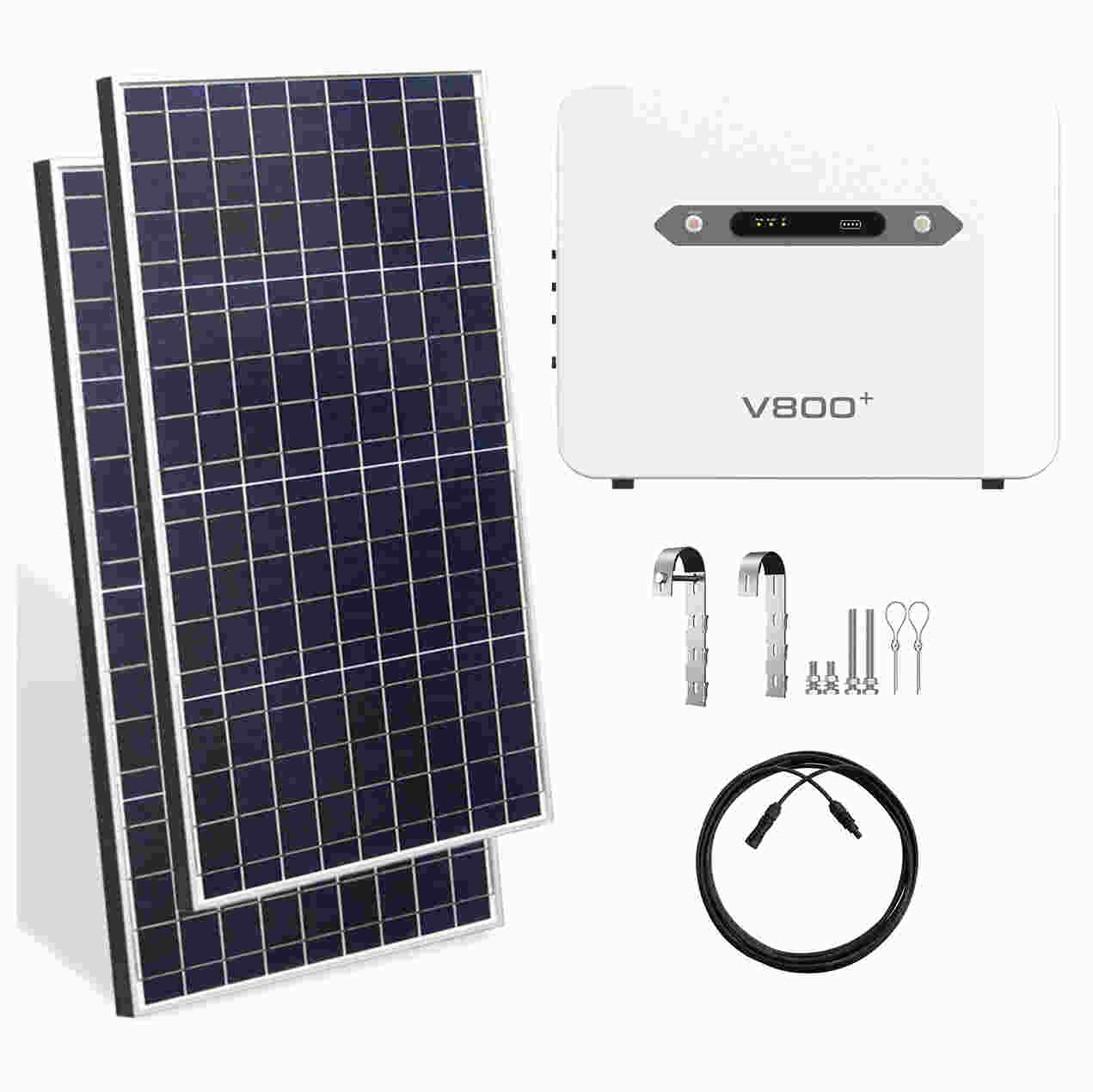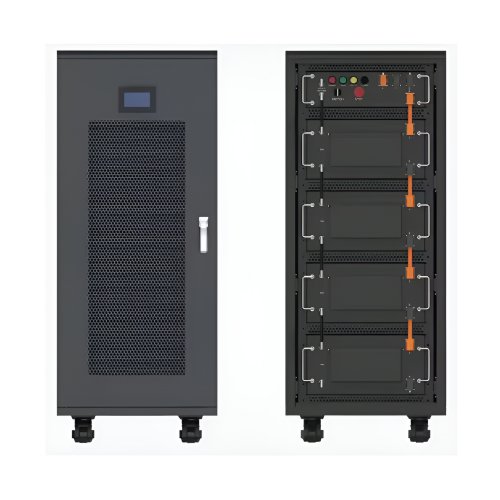Advances In Safety Characteristics: A Review Of Cutting-edge Research And Future Trajectories
The pursuit of enhanced safety characteristics is a fundamental driver of innovation across numerous high-stakes industries, from energy and transportation to materials science and artificial intelligence. Safety is no longer a passive outcome but an active, integrable property designed into systems from their inception. Recent years have witnessed a paradigm shift, moving from reactive safety protocols to proactive, predictive, and inherently safe design principles, powered by breakthroughs in computational modeling, sensor technology, and data analytics.
Latest Research and Technological Breakthroughs
A significant area of progress lies in the field of inherently safer design (ISD) for chemical and energy processes. The traditional approach relied on add-on safety systems and layers of protection. Modern research focuses on minimizing hazards at the molecular and process level. For instance, the development of novel ionic liquids and low-volatility solvents as replacements for conventional, flammable organic solvents dramatically reduces the risks of fire and explosion (Zhang et al., 2022). Furthermore, the concept of process intensification, which involves designing smaller, modular plants that operate under less severe conditions (e.g., lower pressure and temperature), is gaining traction. This not only improves efficiency but also intrinsically diminishes the inventory of hazardous materials, a core tenet of ISD.
In the realm of transportation, particularly electric vehicles (EVs) and autonomous systems, safety characteristics have seen revolutionary advances. The most critical challenge for EV adoption has been battery safety. Research has yielded substantial improvements in the thermal stability of lithium-ion batteries. Innovations include:Solid-state electrolytes: Replacing flammable liquid electrolytes with solid ceramics or polymers virtually eliminates the risk of leakage and thermal runaway, a major cause of battery fires (Wang et al., 2023).Smart Battery Management Systems (BMS): Enhanced with machine learning algorithms, modern BMS can predict internal short circuits and thermal anomalies by analyzing voltage, current, and temperature data patterns, allowing for preventive shutdown or containment (Liu et al., 2022).Self-healing materials: Polymers and composites that can autonomously repair micro-damage in battery casings or vehicle structures prevent minor incidents from escalating into critical failures.
For autonomous vehicles (AVs), the definition of safety extends beyond crashworthiness to include algorithmic robustness and explainability. Breakthroughs in formal verification techniques allow engineers to mathematically prove that an AV's decision-making system will behave correctly within a defined set of operational parameters, ensuring it never makes a critical error (Koopman & Wagner, 2022). Additionally, multi-sensor fusion (lidar, radar, camera) with AI creates redundant perception systems, making them resilient to single-point failures or adverse weather conditions.
The integration of Artificial Intelligence and Internet of Things (IoT) has given rise to predictive safety analytics. In industrial settings, networks of wireless sensors continuously monitor equipment health—vibration, acoustics, temperature, and strain. Machine learning models trained on this data can predict equipment failure (e.g., a bearing seizure or a pressure valve malfunction) weeks before it occurs, enabling maintenance to be performed just-in-time and preventing catastrophic accidents (Lee et al., 2023). This shift from scheduled to condition-based maintenance represents a monumental leap in operational safety.
Future Outlook and Challenges
The trajectory of safety characteristics research points towards even greater integration, autonomy, and resilience. Key future directions include:
1. Cross-Domain Safety Assurance: As systems become more complex and interconnected (e.g., smart grids, vehicle-to-everything communication), a failure in one domain can cascade into another. Future research must focus on developing holistic safety frameworks that can assure resilience across these cyber-physical systems.
2. Explainable AI (XAI) for High-Stakes Decisions: For AI-driven safety systems to be fully trusted, especially in fields like aviation and medicine, their decision-making processes must be transparent and interpretable to human operators. Developing XAI that can provide clear rationales for its actions is a critical next step (Adadi & Berrada, 2023).
3. Quantum-Resistant Cryptography for Safety-Critical Systems: The future advent of quantum computing poses a threat to current encryption standards. Protecting the communication channels of critical infrastructure (power plants, transportation networks) from quantum-level attacks is an emerging frontier in safety research.
4. Biomimetic and Autonomic Self-Healing Systems: Inspired by biological systems, future materials and structures will not only report damage but also actively heal themselves. This could lead to "living" safety systems that maintain their integrity over extended periods with minimal human intervention.
5. Human-AI Collaboration and Trust Calibration: A central challenge will be optimizing the interaction between human operators and autonomous safety systems. Research is needed to design interfaces that build appropriate trust, prevent automation complacency, and enable effective human oversight in emergency situations.
In conclusion, the advancement of safety characteristics is undergoing a profound transformation. The convergence of materials science, artificial intelligence, and connectivity is enabling a new era of predictive, inherent, and resilient safety. While significant challenges remain, particularly in assuring the security and explainability of complex autonomous systems, the research trajectory is unequivocally leading towards a future where safety is not just managed but is an innate, intelligent, and unbreachable characteristic of our most critical technologies.
ReferencesAdadi, A., & Berrada, M. (2023). Peeking Inside the Black-Box: A Survey on Explainable Artificial Intelligence (XAI).IEEE Access, 11, 12366-12391.Koopman, P., & Wagner, M. (2022). Toward a Framework for Highly Automated Vehicle Safety Validation.SAE International Journal of Connected and Automated Vehicles, 5(2).Lee, J., Bagheri, B., & Kao, H. A. (2023). A Cyber-Physical Systems architecture for Industry 4.0-based manufacturing systems.Manufacturing Letters, 35, 1-6.Liu, K., Li, K., Peng, Q., & Zhang, C. (2022). A brief review on key technologies in the battery management system of electric vehicles.Frontiers of Mechanical Engineering, 17(1), 5.Wang, L., Zhang, X., Wang, T., & Li, Y. (2023). Recent progress and future prospects of solid-state lithium batteries.Acta Materialia, 242, 118427.Zhang, Q., Zhang, S., & Deng, Y. (2022). Recent advances in ionic liquid catalysis.Green Chemistry, 24(4), 1377-1394.
Customized/OEM/ODM Service
HomSolar Supports Lifepo4 battery pack customization/OEM/ODM service, welcome to contact us and tell us your needs.


HomSolar: Your One-stop LiFePO4 Battery Pack & ESS Solution Manufacturer
Our line of LiFePO4 (LFP) batteries offer a solution to demanding applications that require a lighter weight, longer life, and higher capacity battery. Features include advanced battery management systems (BMS), Bluetooth® communication and active intelligent monitoring.

Customised Lithium Iron Phosphate Battery Casing
ABS plastic housing, aluminium housing, stainless steel housing and iron housing are available, and can also be designed and customised according to your needs.

HomSolar Smart BMS
Intelligent Battery Management System for HomSolar Energy Storage System. Bluetooth, temperature sensor, LCD display, CAN interface, UART interface also available.


Terminals & Plugs Can Be Customized
A wide range of terminals and plugs can be customised to suit the application needs of your battery products.

Well-designed Solutions for Energy Storage Systems
We will design the perfect energy storage system solution according to your needs, so that you can easily solve the specific industry applications of battery products.



About Our Battery Cells
Our energy storage system products use brand new grade A LiFePO4 cells with a battery lifespan of more than 4,000 charge/discharge cycles.



Applications in Different Industries
We supply customized & OEM battery pack, assemble cells with wiring, fuse and plastic cover, all the cell wires connected to PCB plug or built BMS.
Applications: E-bike, Electric Scooter, Golf Carts, RV, Electric Wheelchair, Electric Tools, Robot Cleaner, Robot Sweeper, Solar Energy Storage System, Emergency Light, Solar Power Light, Medical Equipment, UPS Backup Power Supply.
We can provide you with customized services. We have the ability to provide a vertical supply chain, from single cells to pack/module and to a complete power solution with BMS, etc.


HomSolar (Shenzhen) Technology Co., Ltd
























